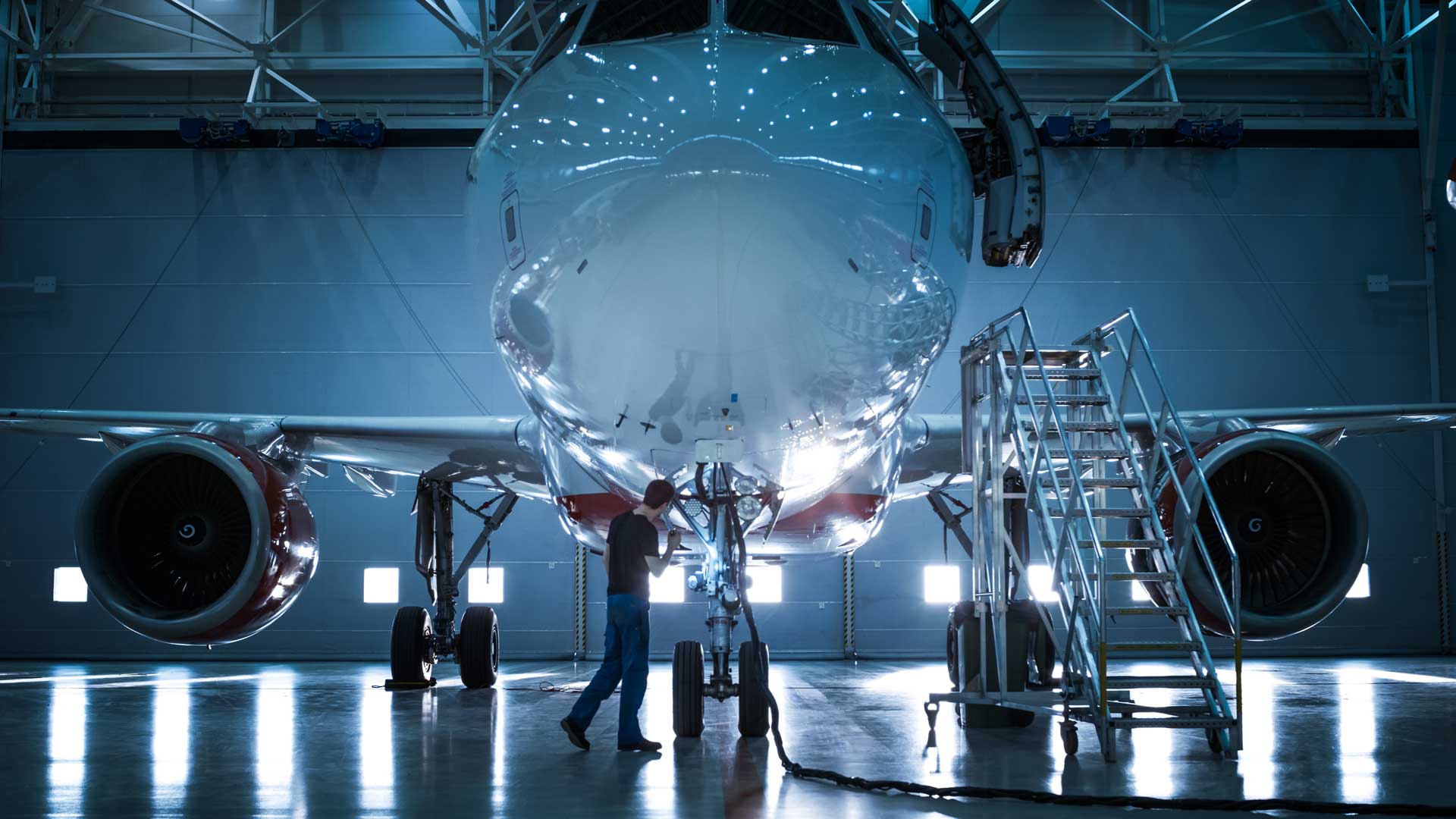
Aerospace is a broad field with applications in commercial, industrial, and military situations. The fields of aeronautics and astronautics fall under aeronautical engineering, which involves numerous companies in research, design, manufacture, operation, and maintenance. In light of the aerospace industry’s ongoing improvement, here are six technical advancements in aircraft engineering that deserve your attention.
Zero-fuel Aircraft
Airbus has announced three proposals for the world’s first hydrogen-powered commercial airplane with zero emissions. The production could begin in 2035. Decarbonization is one of Airbus’s missions. Each of Airbus’ suggested designs uses hydrogen as its primary power source. Business experts believe this alternative is as promising as pure aviation fuel and will assist the aerospace industry and many other industries in becoming carbon neutral.
Structured Health Monitoring (SHM)
Structural health monitoring (SHM) uses periodic samples of response measurements to track a system’s increasing degradation over time. This procedure is used in engineering constructions such as buildings, airplanes, and bridges. Significant loss of life is likely in aircraft events caused by catastrophic fatigue failure; hence, innovation in this aerospace industry is crucial in the coming years.
Smart Blockchain and Automation
The blockchain uses data openness to improve security. Since there is no single point of failure, public-key encryption may be used to secure record-level data and boost network resilience. Moreover, by automating access rights and privilege management, resources can be reallocated to address alternative security measures. Moreover, implementing these technologies can streamline operations such as when passengers check JetBlue flight statuses, ensuring secure and efficient information handling.
Additive Manufacturing (3D printing)
The aerospace engineering industry is witnessing a growing trend in this area. It has been established that additive manufacturing, commonly known as 3D printing, is an excellent manufacturing technology for making parts and components that use far less material than equivalent, conventionally created parts. As a result of the material’s usefulness in additive In manufacturing, very complex geometric structures with low densities can offer excellent strength.
Predicting Maintenance Issues Using IoT
In aviation maintenance and repair companies, Internet of Things technology is used daily to perform predictive maintenance on equipment and components. IoT-based predictive maintenance systems can gather data from ultrasonic and vibration sensors attached to a CNC machine’s spindle to predict possible damage. Professionals can use IoT technology to monitor engines, wing flaps, bleed values, and landing gear to maintain them preventatively. This technology tracks aircraft performance like flight trackers, which you use to check flight status.
Artificial intelligence (AI)
The aerospace technology industry benefits from incorporating machine and active learning into education and research. Machine learning allows for extracting unique insights from materials using artificial intelligence to find and evaluate data patterns and correlations. AI can handle complex issues far better than humans and generate thousands of different results in seconds, unlike the human brain’s time-consuming data processing.






